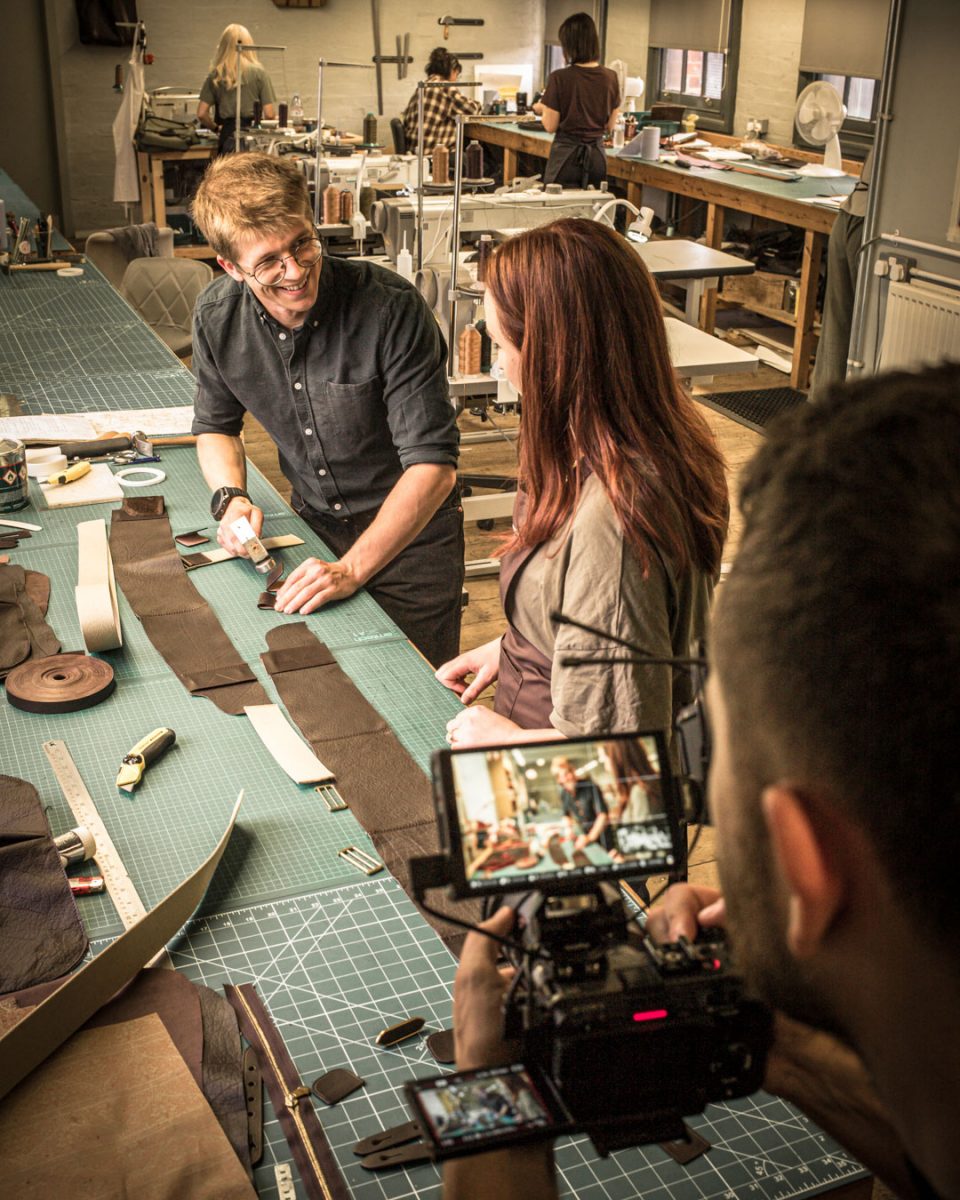Similarly, not everyone appreciates stuffed animals and a lot of women seem to have a strong aversion to the whole idea. The end result is that many hunters proudly take home their spoils and then have to eat it themselves, or hide the ‘poor dead things’ away in the attic to keep the peace.
Over the years, I have seen really well presented trophies that have enhanced the ambiance and atmosphere of a study or bush camp and one day, I had to decide whether to take a bird to the dining table or the taxidermist…
Ring-necked pheasant were introduced to New Zealand during the 1840’s and go under the scientific name of Phasianus colchicus. Not being a Latin scholar, I reckon this probably means ‘Clever bugger’, because in the off-season you see them sunning and preening themselves on the side of the road or in the paddocks. Come opening day however, they instantly become alert, secretive and unbelievably cunning and stay that way till the season ends.
A lot of people here consider them a delicacy and I began thinking I was forever doomed to only appreciate them at great distances, because I had been chasing them around unsuccessfully for a few seasons. Then on one rainy day in May, my luck changed when a friend and I ambushed a cock bird that took off like a red-faced rocket from a small ridge above me. Zipping past from right to left it faltered at my second shot but I had to subdue my self-congratulatory thoughts because it then rallied and headed strongly for a huge patch of gorse way down a steep gully.
Gorse is one of the worst imports this country ever made as it is difficult to control and can quickly choke up vast areas of productive land. It also has an impenetrably vicious armory of thorns, so I gloomily negotiated the steep, slippery decline anticipating a fruitless search, but the day suddenly turned shiny bright when I found that it had fallen dead, just inside the gorse patch. I staggered up out of that donga to stand in the drizzle and admire my first ever ring-necked pheasant. It’s a bit difficult to describe those feelings of elation and remorse but gazing awestruck by its beauty, I decided there and then to forego the gastronomic side of things and have it immortalised and to hell with the cost.
Merv modestly would never admit it, but he was a master taxidermist who worked entirely alone, specialising in bird and wild pig mounts. He would not be rushed when practising his craft, telling you up-front that ‘It will take a while’. The eventual cost and the wait of three and a half months were worth it in the end, because he faithfully followed my request to “Please mount the bird in an alert pose”. In fact to me, it looks like it could take off with a clattering of wings and a hoarse cackle at any moment. Spending some time with Merv in his workshop was fascinating and made me appreciate what an art taxidermy really is. It’s hard to believe that the bedraggled bird I dropped off with him was the same one that emerged from his shed looking like a dazzling jewel. Even my wife was impressed and it now stands in the lounge.
The final product of the taxidermist’s trade belies the messy, finicky and sometimes smelly work that goes into transforming your trophy into something to treasure and rekindle those memories. Apparently, how the animal is treated or handled before it reaches him is very important and Merv at times had to try and make a ‘purse out of a pig’s ear’, so when I asked him what tips he had for ensuring a good quality bird trophy he said “Try not to shoot them too much and get them into a freezer as soon as possible”.
Now that good advice really got me thinking as it also applies to eating gamebirds, because when birds for the pot are ‘shot too much’, they are either pulverised or your guests complain when breaking their expensive dentures on shotgun pellets. It is logical therefore, that preparing birds for the table (or the taxidermist), starts with squeezing the trigger, because how you shoot the birds will affect your meal or mount. Considering myself a minor expert on these matters, I’d like to pass on some tips on the all-important process of shooting gamebirds for the table:-
Every biltong hunter knows that shot placement is vital and that a clean kill using a minimum of shots (preferably only one), results in the most useable meat. Using a rifle of suitable calibre for the quarry plays a big part, because not much of an impala is left over if shot in the shoulder with a .458 soft nose at close range. The same goes for gamefowl, because being hit with too many pellets really spoils the meat – have you ever tried to eat a gamebird that was shot with 8’s at fourteen meters using a full-choked 12 bore? So choose your shot size to suit the bird.
Pattern utilisation is also usually totally overlooked but extremely important and too many wingshooters don’t know what spread and pattern their gun produces with the different size shot available. Do you ever see a biltong hunter going into the veld before taking some practise shots and checking his rifle’s grouping? Shotgunners would do themselves a big favour if they followed suite, but to really get it right, you need to practice a bit more intensively than the rifle shooters have to. What you need is a good supply of large sheets of cardboard, draw a 60cm diameter circle on all of them and then pattern both barrels of your gun, separately on these sheets, at a distance of 15 and 30 metres. For those with very choked bores, another patterning at 40 metres is a good idea. This should be done a number of times with the same make of cartridge and shot size that you plan to use on the chosen gamebird species. Having done this, take very careful note of the diameter of the pattern from each barrel, at each distance.
You must then go to a clay pigeon range and shoot at clay’s, letting them fly out to 15, 30 and 40 metres before pulling the trigger. It does take some practice, but here the idea is keeping the pattern diameter of each barrel in mind and to get the edge of your pattern to break the clay birds. ‘Dusting’ them may look impressive, but is not what you want to achieve because if they were real gamebirds they would then be inedible.
It’s just about now that I imagine anyone reading this will start rolling their eyes or snorting cynically, so I’m going to stop while I’m ahead. It’s just that my own wingshooting skills so often result in relatively few pellets hitting the mark that I’d like to put it down to my deliberate ‘pattern utilisation’, but that’s a fantasy and is being rather economical with the truth! So to redeem this story and to make up for pulling your leg, here’s a guineafowl recipe that takes a while to prepare, but which some of my friends seem to enjoy. It should work well on pheasant too.
Guineafowl Recipe
Filling: Pastry:
2 guineafowl 250g bacon
4-6 cloves garlic 125ml milk
3 large onions 125ml cooking oil
1 can mushrooms 1 egg
200ml dry white wine (not more) 100g cake flour
15ml Worcester sauce 10ml baking powder
10ml mixed herbs 1 pinch salt
10ml dried parsley
10ml tumeric
5ml curry powder
2 whole cloves
salt and pepper to taste
200ml fresh cream
1 packet brown onion soup
Method:
Joint the birds and then boil until tender. Bone and flake the meat. Shred bacon, chop onions, garlic and fry together until just cooked. Drain mushrooms and stir into bacon mixture together with meat. Add wine and Worcester sauce, herbs, parsley, tumeric, curry, cloves, salt and pepper. Stir until blended. Mix soup powder and cream and stir into meat mixture. Spoon into large casserole dish.
Pastry:- Beat together milk, oil and egg. Add flour, baking powder and salt and beat again until just mixed. Pour this over the top of the meat filling and bake at 180 deg C for 20-25 minutes until golden. Ideally, the birds used in this recipe should be a couple that I have shot (or someone else’s who shoots like me), because that way you’ll have minimum meat damage.
Oh yes, Merv also said my pheasant only had two pellets in its neck, which made his job much easier. He was pleased about that.




















Matthew Schmidt on August 17, 2016 at 3:53 pm
Great story, thanks for posting. Well done.
Matt Schmidt.
Ken Hill on August 18, 2016 at 7:47 pm
Colin,
Thanks for sharing. I remember it took me a year to shoot my first pheasant hunting in Kansas and Colorado. I could hit clay targets and doves, but couldn't understand how continually missed a basketball with wings. I mounted my first pheasant myself. The mount is no where close to yours!
Ken
Neill on August 19, 2016 at 2:28 pm
Nice recipe and nice taxidermy. Can I ask, what's in the cabinet? Looks like a good old fashioned entomological one to me.
Colin on August 20, 2016 at 8:00 pm
Thanks for the comments. Yes it is an entomological cabinet that I bought from the estate of a butterfly collector when I lived in S Africa. I was told it was handmade in the UK and you can see the scribe marks on the dovetail joints. Apparently that the collector bequeathed his large collection to a museum which later tragically burnt down some years later. Two empty cabinets remained with his relatives, one of which I bought as they had no interest in them.